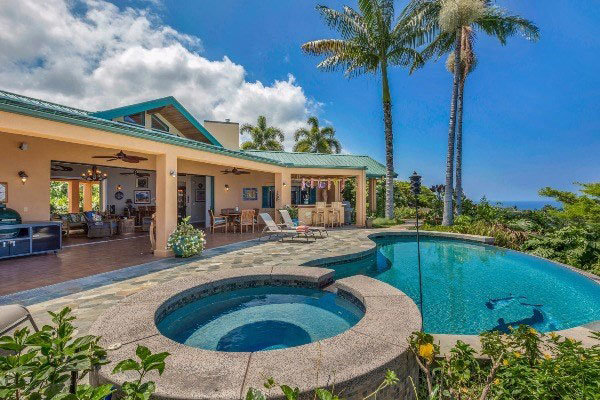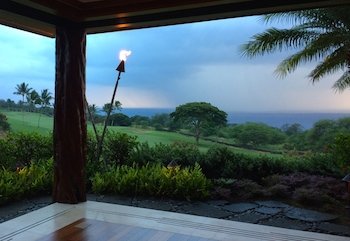 If you are new to living in Hawaii, you might have noticed that most every home relies in some capacity on propane for heating water or for powering gas appliances. Whether swimming pools, ponds and spa, or tiki torches, stoves, clothes dryers and hot-water heaters, there are many common household usages for propane in Hawaii.
If you are new to living in Hawaii, you might have noticed that most every home relies in some capacity on propane for heating water or for powering gas appliances. Whether swimming pools, ponds and spa, or tiki torches, stoves, clothes dryers and hot-water heaters, there are many common household usages for propane in Hawaii.
For energy efficiency, propane offers significant savings compared to electricity, even more if you have an on-demand hot-water heater. Here on the Big Island, there are two types of gas services available through the Gas Company. Utility gas is rendered through an underground gas piping system monitored by a meter, while non-utility gas is contained in tanks and cylinders for use by individual homes and businesses.
The big horizontal tanks come in several sizes including 500 gallons. These tanks generally sit outside the home and are connected by a piping system attached to the target appliances. Be sure to keep careful watch on your gas gauge throughout the month. When the propane falls below the 30 percent mark, it’s probably time to call the Gas Company for a delivery. They will come with their truck to your house and fill your tank. Full-time residents can sign up for regularly scheduled delivery depending on if your usage is consistent month to month. If not, you will have to call the Gas Company whenever you need a refill.
 Propane tanks 124 gallons and larger should be set a safe distance from the house, at least 10 feet away. The tank should not be located underneath the house, on the lanai or under an overhang.
Propane tanks 124 gallons and larger should be set a safe distance from the house, at least 10 feet away. The tank should not be located underneath the house, on the lanai or under an overhang.
Portable cylinders come in a variety of sizes. These handy cylinders can fuel everything from a gas barbecue to an on-demand hot water heater. In order to refill the tank, the resident must detached the cylinder from the system, take it to a nearby propane filling station and then reattach it to your system. When reconnecting the cylinder to the system, be sure to open the valve all the way. You can also double up on cylinders, and install an automatic switch valve from one to the other. Every so often, it’s a good idea to check for leaks by brushing a mix of dishwashing liquid and water around the joints, connections and valve stems. If there is a leak, bubbles will form. The Gas Company is very responsive if you have a leak or smell the odorant inside or outside your house. If your stovetop smells of propane, check the pilot lights and connections, or call the Gas Company.
Propane is a liquefied petroleum gas that is inherently odorless and non-toxic. If you have a leak, the “smell of propane” is actually an identifying odorant added to the propane for safety purposes. Much of Hawaii’s propane supply comes from refineries on Oahu. Unlike the mainland, Hawaii does not have sufficient reserves of natural gas that can be stored or utilized. Because propane is a petroleum-derived product, the cost of propane fluctuates depending on the price of oil.